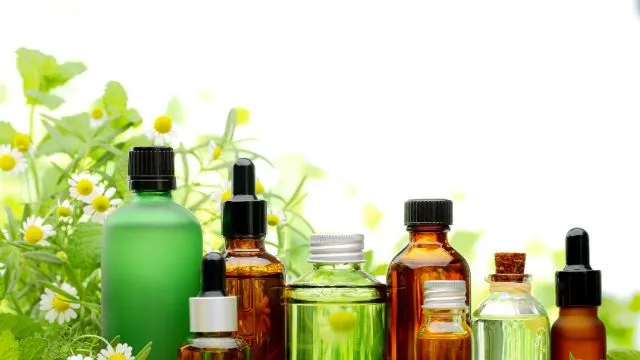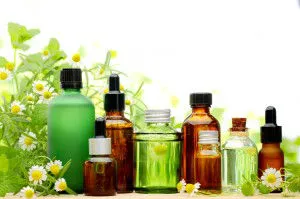
- Share on Facebook39
- Share on Pinterest
- Share on Twitter
While the summer months bring many positive things, chafing is certainly not one of them. When skin rubs against skin, even just briefly, it can quickly become red, irritated and painful.
In severe cases it may even bleed. Any repeated motion, particularly when temperatures skyrocket, can cause chafing, and it’s exacerbated by lingering residue excreted when we sweat.
Fortunately there are a number of ways to ease the pain of summer skin chafing.
Aloe vera and lavender essential oil
Natural oils contained in the aloe vera plant help to calm irritated skin, while lavender essential oil offers antibacterial, antifungal and anti-inflammatory benefits. By combining a few drops of lavender essential oil with aloe vera gel, you have a wonderful cooling concoction.
You can also make a spray by mixing together one quarter cup of aloe vera juice, a cup of brewed green tea, and eight drops of lavender essential oil. Pour it into a clean spray bottle, shake well to mix and spray it onto chafed skin. By keeping the mixture in the refrigerator, you get an extra refreshing, cool blast.
Calendula oil
Calendula oil offers anti-inflammatory, antibacterial and antifungal properties that can help heal chafing. Just apply directly to affected areas.
Ice packs
Applying an ice pack to the chafed area as soon as you notice redness and irritation helps to reduce chafing and help heal it quicker. Just hold it against any chafed areas for at least 20 minutes.
Take a relaxing soak
A relaxing soak in a tub with the proper ingredients is a great way to soothe irritated, chafed skin. Just fill a tub with lukewarm water and add ten drops of lavender essential oil and two cups of baking soda. Soak affected areas for 20 minutes or so and then pat dry.
Turmeric powder
Turmeric is a spice that’s well known for treating skin disorders. It contains an active ingredient known as curcumin which possesses anti-inflammatory and antibacterial properties.
A study from Uniformed Services University of Health Sciences in Bethesda, Maryland found that curcumin protects skin by battling free radicals and reducing inflammation through a process known as nuclear factor-KB. Curcumin was also able to reduce wound-healing time.
To use it to ease summer chafing, just mix one teaspoon of water with three teaspoons turmeric powder to form a paste. Apply it to the affected area, cover with a light cloth and allow it to sit for 30 minutes before rinsing.
Tea tree oil can help protect against infection and also speed the healing process. Dip a clean cotton ball into water and then sprinkle several drops of the oil onto the cotton ball. Gently press it onto chafed areas and repeat several times a day until chafing is reduced.
Eating to heal chafing
There isn’t a specific diet to prevent chafing, but by eating certain foods you can help heal it faster. Eat lots of beta-carotene, zinc, vitamin A and vitamin C rich foods, including bright yellow and orange vegetables, spinach, meats with healthy fats like wild-caught salmon, and citrus fruits.
Avoid foods that are packed with sugars and/or unhealthy fats like trans fat. Staying away from these has the additional benefits of aiding in weight loss and helping to reduce skin folds that can be the cause of chafing in the first place
-The Alternative Daily
Sources:
http://www.home-remedies-for-you.com/remedy/Chafing.html
http://www.natural-homeremedies.com/5-simple-herbal-remedies-for-chafing/
http://healthyliving.azcentral.com/home-remedies-chafed-skin-1853.html
http://www.ncbi.nlm.nih.gov/pubmed/17569219
- Share on Facebook39
- Share on Pinterest
- Share on Twitter


